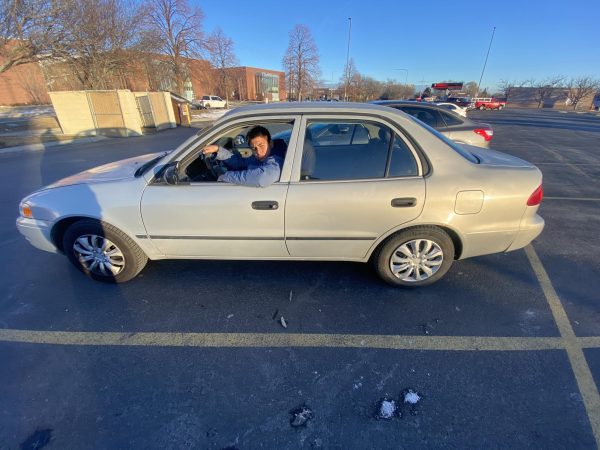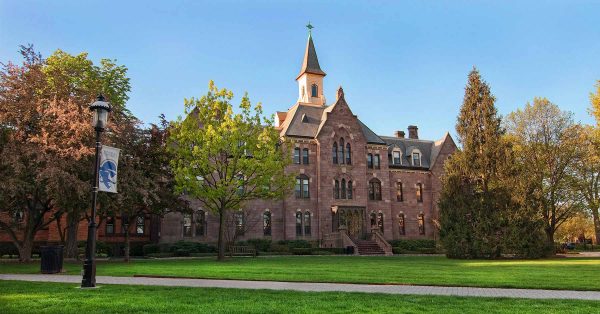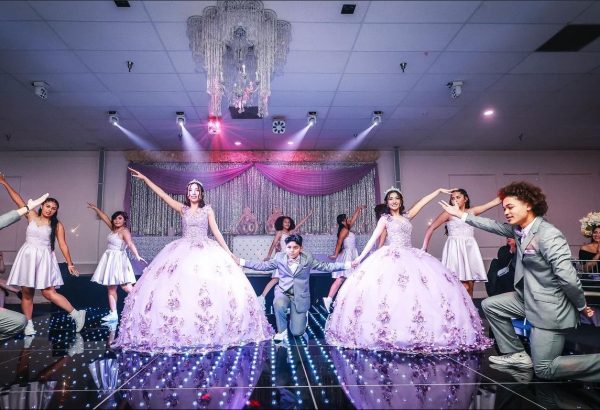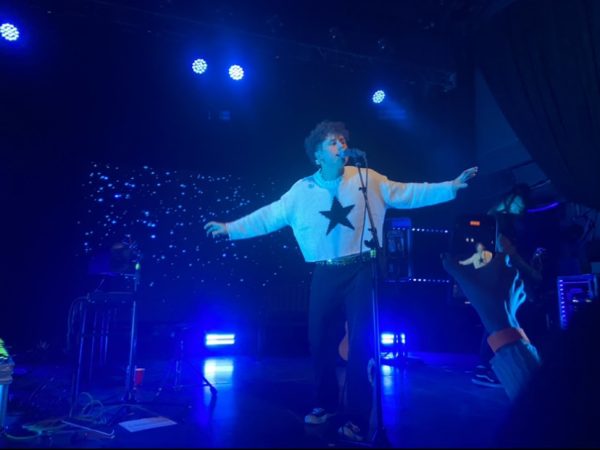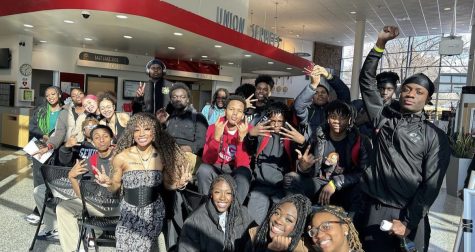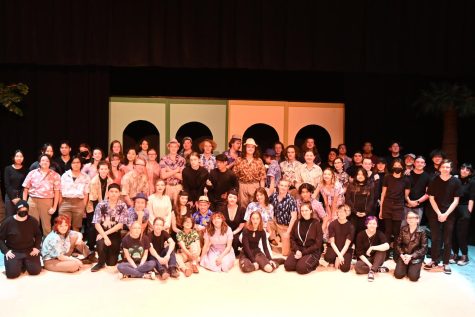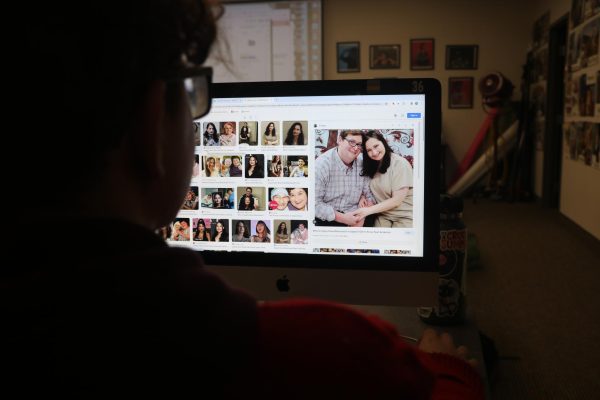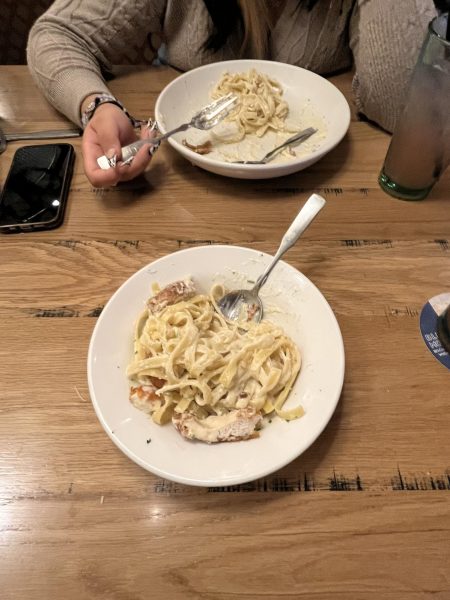Creative people sometimes have nowhere to go
WRITERS, painters, editors, singers, actors, poets and any other person with a skill or talent that you are dying to unleash into our world: listen up.
The amount of artists in this world is growing rapidly, whether that be someone with a skill in performing or visual arts. I walk through the halls of our school and see the posters put up for spirit week, the drawings stuffed into binders and scribbled over history notes. I walk past dancers going over routines and hear drama kids ranting through their monologues.
All of these kids walk around just like the rest of us. But inside their minds, they could have a labyrinth of ideas just bubbling at the surface, waiting to be let out. The amount of rising artists in the United States is huge. Many people are moving towards majoring in arts and becoming freelancers to fulfill their dreams. The art industry is somehow growing rapidly yet declining at the same time.
It is true that many artists need to take up double jobs, or just plain miserable ones, in order to keep themselves going. Many artists live two different lives: by day a table waiter or an office job or some other thing they can make a living by, and by night they are working nonstop to make their dreams a reality. The downside is that oftentimes, these dreams never take off.
The lack of available jobs in these fields is pretty obvious. “Employment of editors is projected to decline 5 percent from 2014 to 2024, employment of musicians and singers is projected to grow 3 percent from 2014 to 2024, slower than the average for all occupations,”
Animators and multimedia artists seem to be one of the only main artistic occupations that is still at the average growth rate of other occupations. “Employment of multimedia artists and animators is projected to grow 6 percent from 2014 to 2024,”
This information comes from the Bureau of Labor Statistics on the United States Department of Labor website. As you can see, getting jobs in these sorts of areas is getting really difficult.
Another thing people think is that they will just become freelancers and deal with it from there, but there are still restrictions. Artists have to find places to showcase their work, ways to display it, and how to make a living from it.
As an artist myself, I was interested to see all these things on the internet. There are websites of people giving advice on how to make it in the world as an artist, and how to make money with one’s artistic abilities. My curiosity just kept nudging at me to ask how realistic are these are websites when it came to the real world.
Aside from all the previous reads I have brought to attention, I found that, “out of the 2 million art graduates in the nation, only 200,000, or 10 percent, earn their living primarily as artists,” said by Noah Berlatsky in his article on theatlantic.com.
I found this interesting. I always thought that if I put in the work to get a degree in my field of choice, I would find a career I was happy with. This really showed me how risky these chances could be.
All of these articles and statistics really opened my eyes, but of course there is still hope.
“There are currently over 1.9 million people working in the creative industries. However, by 2016, the government expects this figure to skyrocket, with an additional 1.3 million new jobs in the private sector alone,” says Emily Browne on theguardian.com.
Finding successful jobs and occupations in these fields can be extremely difficult, but it is possible. Not to mention the opportunities for internships and other ways to get one’s career started.
It is not an easy thing to do, getting a perfect job in the artistic field. But with so many people letting out their talents and abilities, I think it is important to keep the arts in the world and to find better ways to make use of these abilities.
Either way, if you want to follow your abilities into the workforce, be my guest, but remember the risks that come with it.



